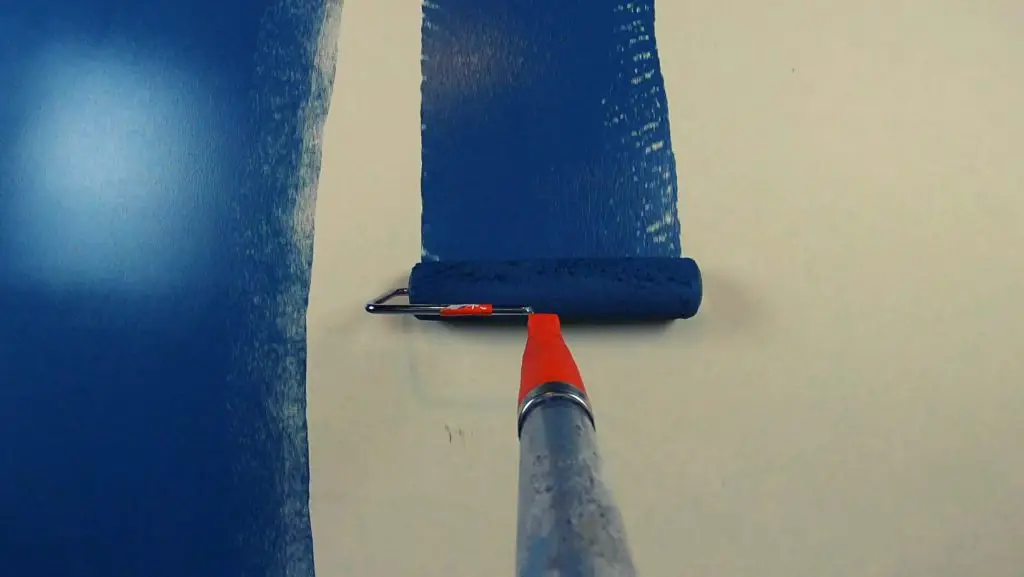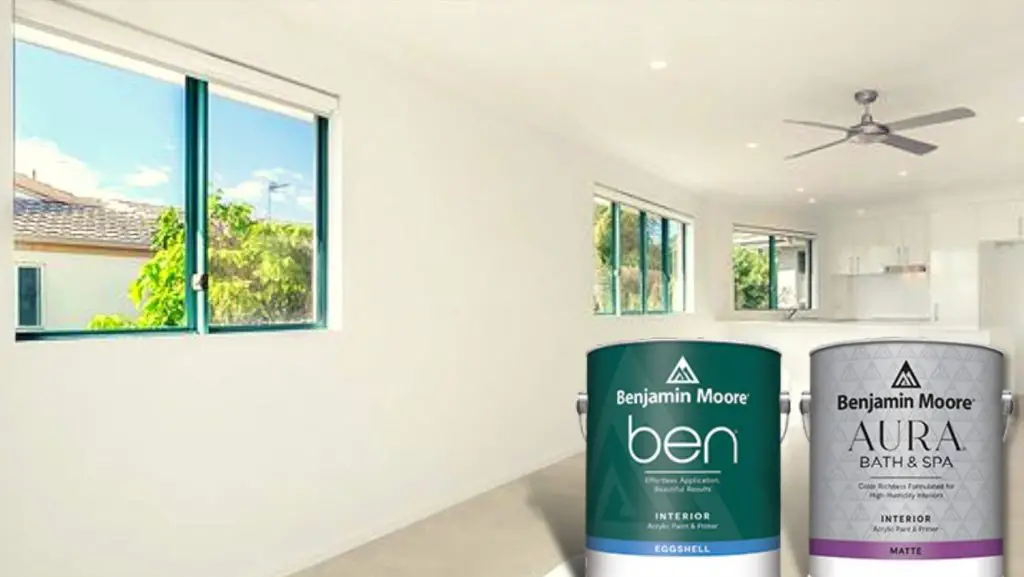According to a recent survey, the demand for Emulsion paint has increased by 7.1% over the last three years, even as the epidemic has ravaged the nation. It is always thought-provoking that people use Emulsion paints to embellish their homes. What makes Emulsion paint so appealing? And what is Emulsion Paint used for?
In this article, we will try to dissect the reasons for Emulsion paints’ popularity and what Emulsion paint is used for.
What is Emulsion paint?
The Emulsion is a water-based paint. This particular paint has polymer particles that entrap pigment in it. As the paint is water soluble, once you complete the painting job, these particles merge to provide a perfect finish on the surface.
Emulsion paint consists of resins that allow it to dry fast, make it durable and enhance the workability of the paint. Besides, the paint has added vinyl or acrylic, making it easier to use on the surface than other paints.

What is Emulsion paint used for?
You can use Emulsion paint to paint your home’s interior walls and ceiling. People prefer Emulsion paint to decorate their bathrooms and kitchen. Emulsion paints are perfect for such humid rooms having high condensation.
To provide your home interior walls with a striking look that is less toxic, Emulsion paint is always preferable. There are some definite reasons for using interior Emulsion paint on the wall and ceiling:
- Easy to apply
- Provide better thickness
- Resistance to humidity
- Durability
- Better workability
- Fast drying
- High opacity
- Less Odor
- Less Toxic
- Better coverage
Basically, these are the reasons why Emulsion paints are used widely. If you were speculating which paints you should go for to paint your interior and ceiling, especially the kitchen and bathroom, now you have the answer. Moreover, you can use your leftover emulsion paint on wood.
Before using Emulsion paint on the wall, consider the following things:
- Use an all-purpose primer before using it on a newly plastered wall. As new plaster seeps paint in, you will save yourself some coats of paint.
- Keep an observant eye on the wall and make sure the wall is absolutely dry. Using Emulsion paint on the wet wall will make your job undone.
- The wall has to be plain and solid, and there should be no cracks. If there is a crack in the old wall, make sure to re-plaster it. Otherwise, using Emulsion on the wall will do no good to you; rather will waste your money.
- Make sure to check the expiry date before purchasing the paints. Usually, emulsion paints last for 36 months from production but it varies among different producers.

Advantages of Emulsion Paint
Emulsion paint has several advantages. It is water-based. So, it dries fast and doesn’t need to be thinned with extra spirit and turpentine. Both these solvents can be absorbed through your skin and can cause harm to your nervous system. It is less toxic than other oil-based paints. It has less odor which makes it appropriate for interior application.
Moreover, Emulsion paint has less toxicity and less volatile organic compounds. It is easy to apply emulsion paint, and you can paint your home yourself for a sheen finish.
Emulsion paint is washable. So once the wall dries, you can wash the wall whenever you want. You need not worry, as water will not damage the color or quality of the paint.
It has humidity resistance. As a result, it is suitable for steamy rooms such as kitchens and bathrooms. This humidity resistance makes this paint apt for the bathroom and kitchen.

What is Emulsion paint Made of?
Emulsion paint consists of four key components. They are as follows:
- Pigment: To put it simply, pigments are the component in your paint that impart color when you add them to your paints and coatings preparations. This component is known as the coloring substance of paint. Pigments are of two types: Organic and Inorganic.
- Water: Emulsion paint is water-based. Emulsion paint contains 45% water. And while applying paint on the wall, you must add additional water to the paint.
- Emulsifier: An emulsifier keeps the Emulsion well-disseminated. The main task of emulsifiers is to disperse the paint’s small droplets and contribute to preserving the Emulsion paint.
- Coagulant: The small particles of paint are clustered together if the paint contains coagulant. Coagulation is the process of forming semisolid lumps in a liquid.
Types of Emulsion Paint
Generally, Emulsion paint comes in different finishes. Such as Matt, Eggshell, Satin, Silk, and Glossy finishes. These are different based on their sheen.
Matt Emulsion Paint: Matt Emulsion paints are very dull in look and feel. Besides, it provides less sheen to your wall and ceiling. Matt paint provides you with a robust finish. And they are often described as durable. If your children scratch and scrape them, it will cause no harm to the wall painted with flat matt.
Eggshell Emulsion: Eggshell Emulsion has a slightly coarse finish. Eggshell provides a better sheen than matte and less sheen than satin. It is a better choice for ceilings and walls. Eggshell emulsion dries quickly but requires more maintenance than other types of paint. It is less durable than matte or flat paints.
Glossy Emulsion: Glossy Emulsion provides you with a glossy finish. The glossy finish doesn’t fade off and is also stain-resistant. It is a popular choice for DIYers and professional painters as it is easy to apply and clean up. However, glossy Emulsion paint can be more expensive than other types of paint, and it may require more frequent touch-ups.
Satin Emulsion: Satin Emulsion provides a slight sheen to the surface. You can use it for the wall of your bathroom and kitchen as satin emulsion has resistance to humidity and dampness. However, the Shower room and bathroom experience frequent moisture and dampness.
As a result, these rooms require non-standard paint, like an acrylic eggshell, to prevent mold spores from growing on the paint film and spreading rapidly across the ceiling. To prevent this, this paint can be easily wiped over and over again.
Silk Emulsion: Silk Emulsion provides the most sheen to the wall. People generally tend to use it on their living room walls.
It’s a common fact that the paint that offers the most sheen is the toughest one. However, you can rest assured that those are durable and washable.
FAQs
Is Emulsion Paint Water-based or Oil-based?
Emulsion paint is a water-based paint. Emulsion Paint contains 45% water. Being a water-based paint, Emulsion paint is less toxic and very easy to use on the surface.
Does Emulsion paint need primer?
Yes, Emulsion paint needs proper primer and coating before using it on the wall. Moreover, Emulsion paint needs a dry, solid, and plain surface. If you use paint on the new plaster, new plaster seeps paint in it. Therefore, using a primer and coating will save you some bucks.
How long does Emulsion paint last?
Before opening the seal, Emulsion paint usually lasts 36 months from the production date. After you use it on your wall and ceiling, it has an approximate life shell of ten years. However, the duration may vary depending on the weather and other conditions.
Conclusion
Emulsion Paint’s popularity has been increasing over the years. There are so many reasons why Emulsion paint is a favorite choice these days.
You can use Emulsion paint for your home’s walls and ceiling. This is the most popular type of paint for the ceiling and walls. Moreover, Emulsion paint is humidity-resistant; you can use it in the bathroom, shower room, and kitchen room.
Emulsion paint is also popular for its durability, fast drying ability, and effective workability. Emulsion paint is definitely the best choice for the interior of your home.

S. Pushon is a paint expert, self-taught artist, and currently working as an adviser in the paint industry as a Quality Improvement and Development Assistant.
An artist by heart, he draws remarkable art pieces and as a professional paint industry individual, he seeks the insight and shares with enthusiasts. Read more…

